
BIRDING IN
Bale Mountains National Park

BIRDING IN
Bale Mountains National Park

BIRDING IN
Bale Mountains National Park

BIRDING IN
Bale Mountains National Park
The Bale Mountains, lying between 9,500 and 14,360 feet, contain the largest tract of high moorland in Africa. Virtually uninhabited, they are entirely unspoilt and were set aside as a National Park in order to protect the Mountain Nyala which is found nowhere else in the world. Of volcanic origin like the famous Simiens, the Bale Mountains may not be as spectacular, but they do possess an exceptional beauty and charm which can be likened to that of the Scottish Highlands. They are green and spacious, decorated with rocky peaks and crags, numerous small lakes, extensive heathland, magnificent cloud forests and bogs! Within the Park is Mount Batu, at 14,360 feet one of the highest mountains in Ethiopia.
The flora is fascinating, and so is the fauna. The beautiful Ethiopian Wolf roams the Park in small groups and is invariably seen, whilst Klippspringers, Abyssinian Hares, Warthogs, Rock Hyrax, the peculiar endemic Giant Mole-rat and the verminous but characterful Grass Rat may also be encountered. Amongst an interesting collection of upland birds we are likely to see at least eleven of Ethiopia's 24 endemics: Blue-winged Goose, Rouget's Rail, Spot-breasted Lapwing, White-collared Pigeon, Black-winged Lovebird, Golden-backed Woodpecker, Abyssinian Longclaw, Abyssinian Catbird, White-backed Tit, Black-headed Siskin and Thick-billed Raven!
As you start to climb up through the fine Hagenia forest, look out for Chestnutnaped Francolins on the road, and Rufous-breasted Sparrowhawks and Mountain Buzzards in the air. Then, ascending onto an open moorland plateau where little lakes, extensive grasslands, and the weird spikes of primeval-looking Giant Lobelias and Red-hot Pokers provide a wonderful Afro-alpine habitat, look for the wide range of raptors that hunt on the numerous Grass Rats and other small rodents in this area; wintering Spotted, Imperial and other Aquila eagles are amongst the birds of prey that you may see, and almost all of Ethiopia's vulture species regularly occur. Wattled Crane and Montane Francolin are two resident specialities, as are the endemic Rouget's Rail, Spot-breasted Lapwing and Blue-winged Goose which may all be found here. Around here you also have a good chance of spotting an Ethiopian Wolf or bizarre Giant Mole rat, two of Ethiopia's most special endemic mammals
Spend the morning on the Plateau, drive to the spectacular Harenna Escarpment where you will have your lunch picnic, some remarkable views, and an afternoon in which to descend the Escarpment and explore the fabulous forests it supports (provided that the weather is dry). This outstanding feature, on the southern side of the national park, presents a fascinating environment and, provided that the weather is clear, some quite amazing scenery. Serval, Red Duiker, and Giant Forest Hogs will be encountered in this wonderful forest, though your chance of seeing any of these rare mammals is somewhat remote. It will be more realistic to set your sights on such endemic birds as White-backed Black Tit, Abyssinian Catbird, Black-winged Lovebird, Golden-backed Woodpecker and Black-headed Siskin perhaps.
Our Experts are ready to provide answers
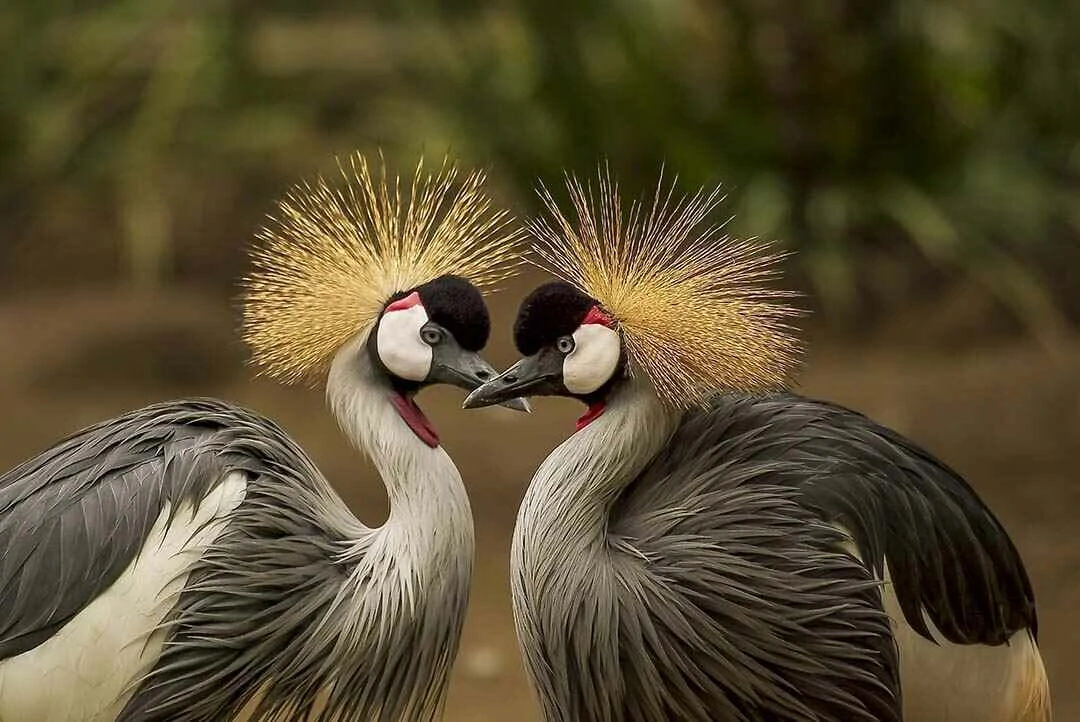
here are plenty of birding spots in and around Addis Ababa. Ghion Hotel in the heart of Addis Ababa is a famous hotel with a large wooded garden that can be very productive for birds. Birds like Brown-throated Seedeater, Swainson's Sparrow and Tacazze Sunbird are common species can be seen as soon as you take out your binoculars.
Read More
Amongst an interesting collection of upland birds we are likely to see at least eleven of Ethiopia's 24 endemics: Blue-winged Goose, Rouget's Rail, Spot-breasted Lapwing, White-collared Pigeon, Black-winged Lovebird, Golden-backed Woodpecker, Abyssinian Longclaw, Abyssinian Catbird, White-backed Tit, Black-headed Siskin and Thick-billed Raven!
Read More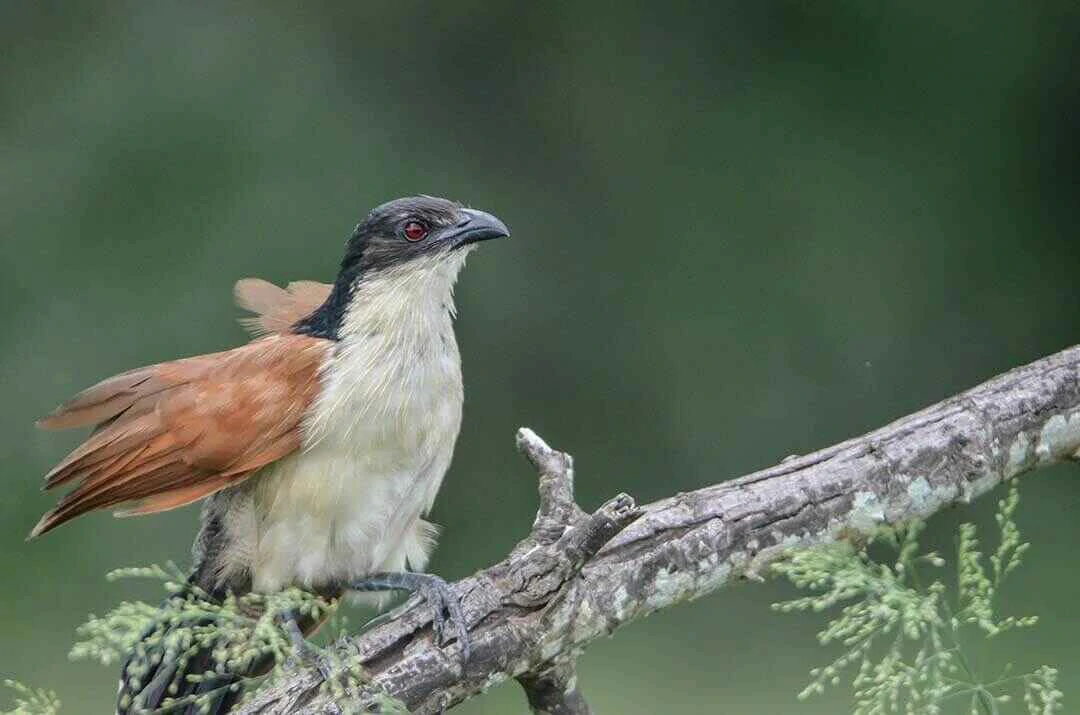
Drive up into the eucalyptus - clad Entoto Hills and cross a pass at 8,537 feet to reach the Solulta Plains, a region of grassy uplands and small pools with a fine complement of birdlife.
Read More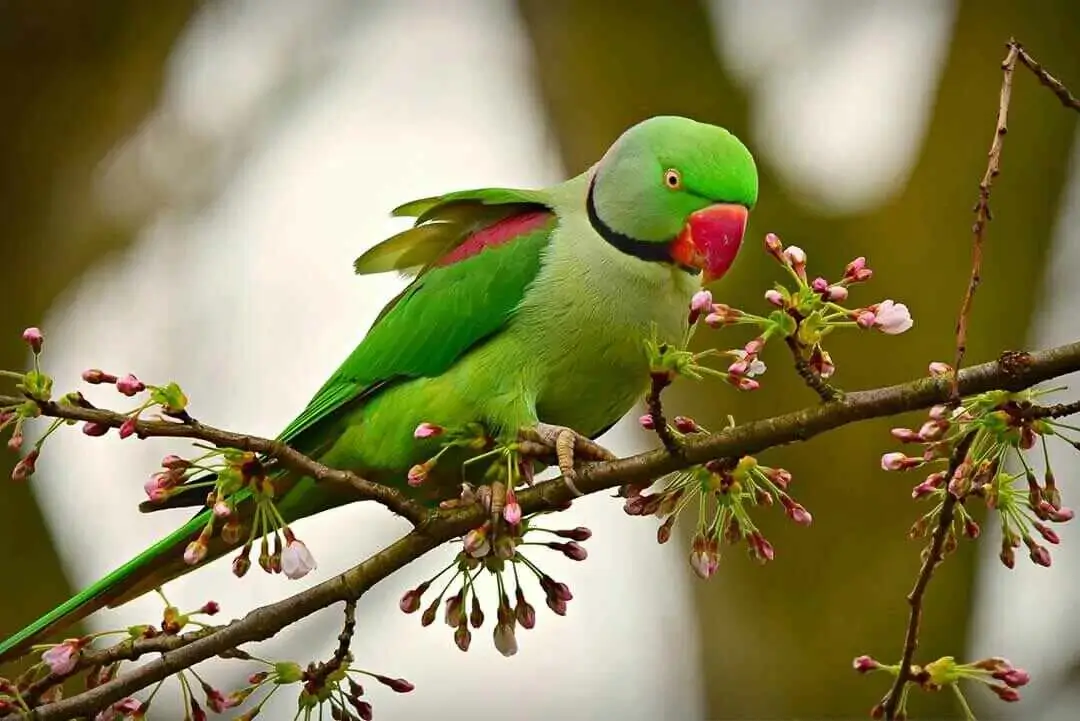
Birds seen here include; Ankober Serin, and Geladas. Ankober is 3000 meters above sea level. At the Ankober palace you will see the Red-breasted Wheatear, Brown Woodland Warbler, Abyssinian Ground-Thrush and some white-eyes, Ruppel's Griffon and Verreaux's and Yellow Bishop.
Read More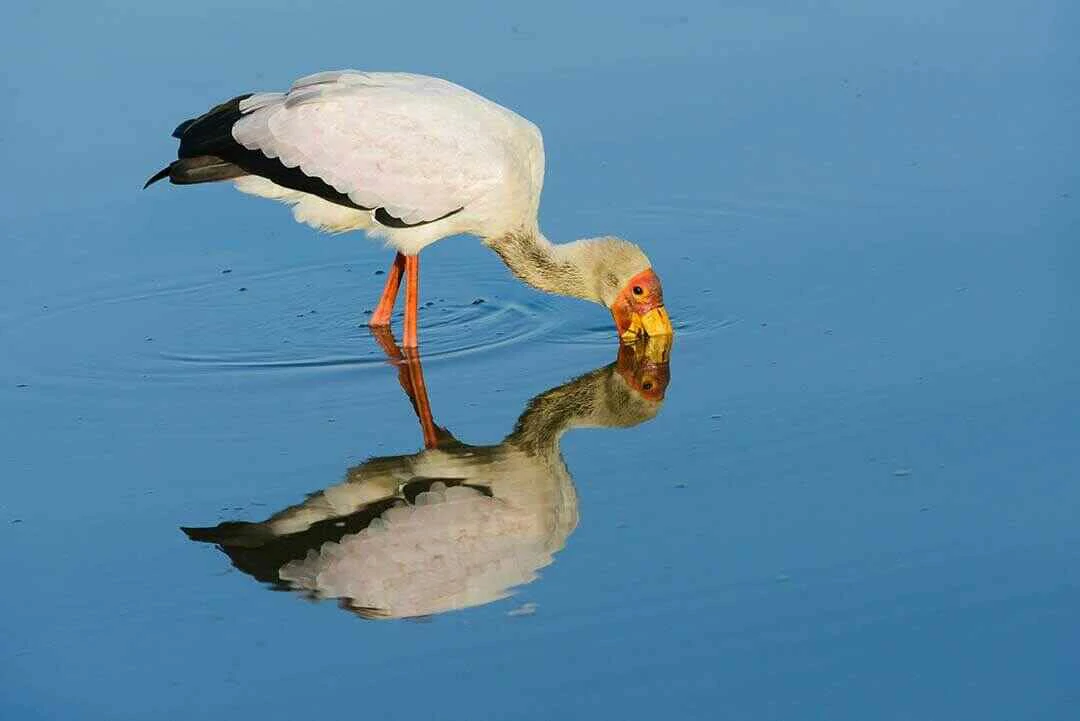
This walk is swarmed with birds like Black-billed Barbet, Pin-tailed Whydah, Red-billed Quelea, Northern Black Flycatcher, Familiar Chat, Emerald and Blue-spotted Wood-Dove, Malachite Kingfisher, Common Redstart, Blackcap, Northern Crombec, Barka Indigobird (identified by sight and sound), Speckle-fronted Weaver, Lesser Whitethroat, Yellow-rumped Seedeater, Three-banded Plover, Crimson-rumped Firefinch and Little Rock Thrush.
Read More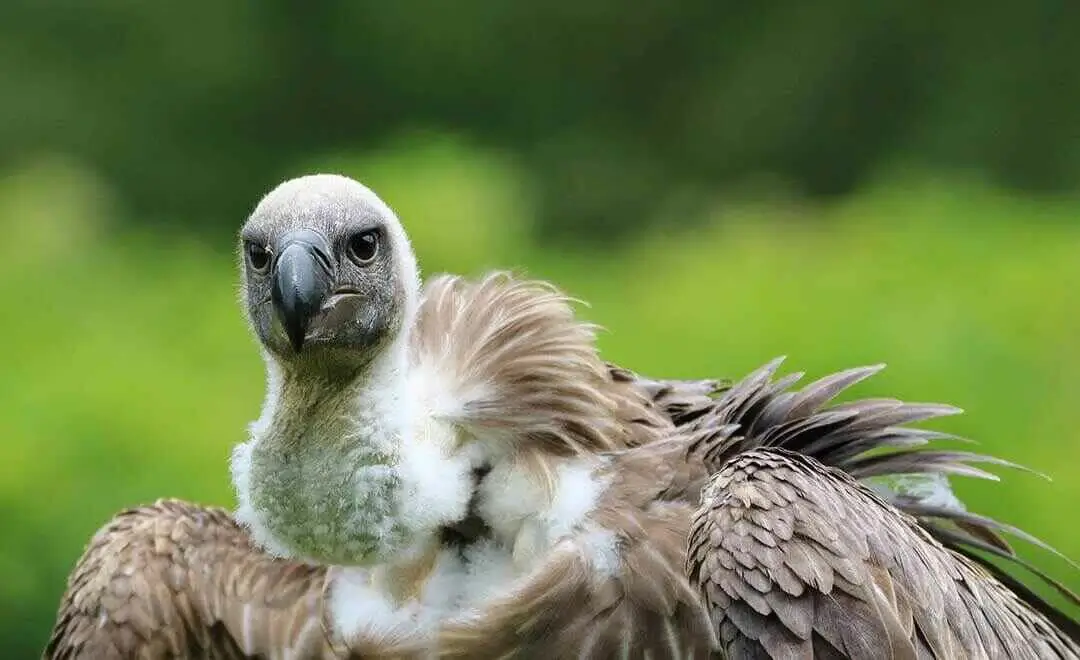
Birds are so very plentiful here that little energy is required in finding them. Amongst the lilies and great reedbeds that encompass lake Awassa you will find Black, Goliath and other herons, the comical Marabou Stork, Hamerkops.
Read More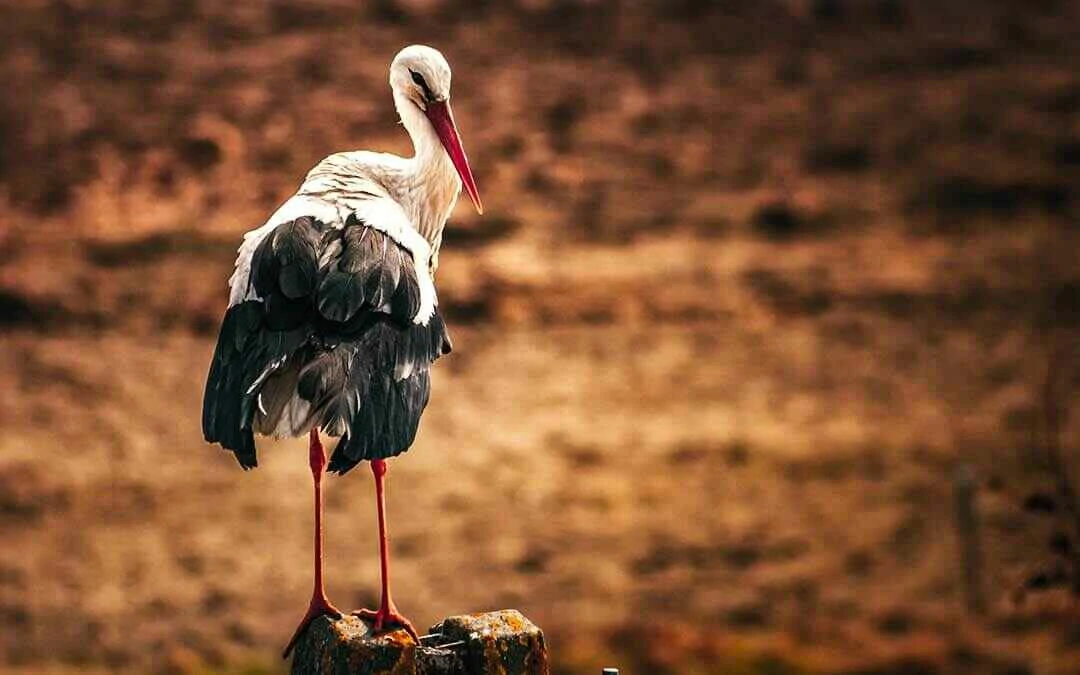
On the route to you will see other Lakes like Koka and Zwai, where there is an array of waterbirds which are quite exceptional. Lake Koka offers a great variety of waders, herons, spoonbills and egrets, patrolled by overhead harriers and vultures, and Ethiopian and Wire-tailed swallows.
Read More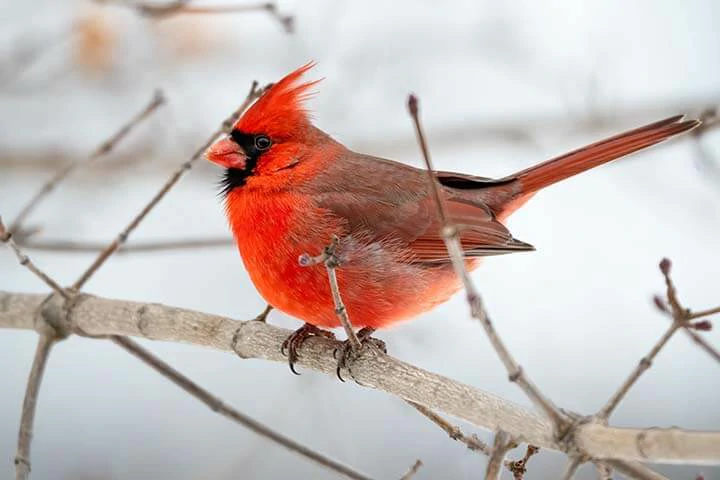
The vast swamp is an authentic oasis in this very arid region but it is also strangely lacking in bird diversity and numbers. The narrow palm forest at the edge of this swamp is frequented by many woodpeckers as evidenced by the numerous holes in almost every palm tree.
Read More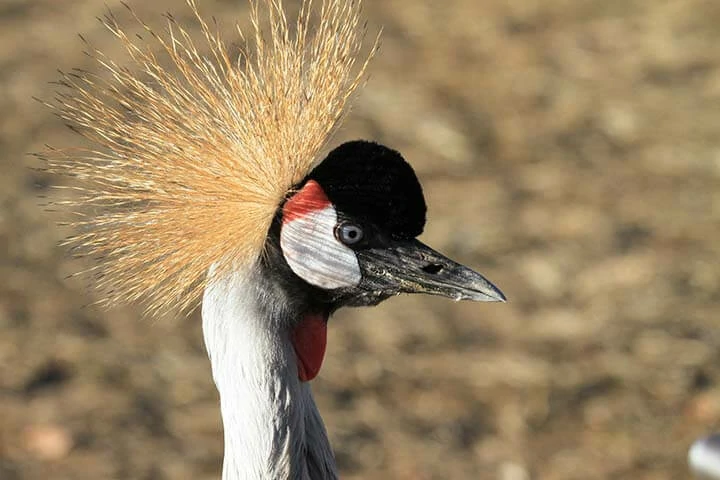
Enroute you will find Black-chested Snake Eagle, Gillet's Lark Bat-eared Fox, Yellow-bellied Eremomela, Red-billed Buffalo-Weaver, Red-winged Lark, and Scissor-tailed Kite.
Read More